Fill or Kill (FOK)
Refers tp a conditional order to buy or sell a security that must be executed instantly and completely; otherwise, the order will be canceled
What Is Fill or Kill (FOK)?
A fill or kill (FOK) is a conditional order to buy or sell a security that must be executed instantly and completely; otherwise, the order will be canceled. This type of order is usually used to purchase substantial amounts of stocks.
As the name suggests, if the order is not executed or "filled" immediately, it will be canceled or "killed."
It is not possible for this type of order to be partially executed. Consequently, the number of stocks to be filled to complete the order is precisely the quantity requested to be bought by the investor. The investor also maintains the privilege of canceling the order until it is filled.
The fill or kill order can also be filled if the asset requested is unavailable in a single market, simultaneously filling the order in multiple unrelated markets.
A fill or kill is a mixture between an all-or-none order (AON) and an immediate or cancel order (IOC).
The first has no time restriction, but the order must be filled, or else the order won't execute. The latter is an order that must be performed either partially or fully immediately.
FOK is beneficial when investors want to buy an asset at one designated price rather than buying the same one for many different prices.
Understanding Fill or Kill
Fill or Kill is characterized as an extreme order. The objective of this order is to guarantee a price to buy at, a specific quantity to purchase, and instant execution.
The investor will send a request to a particular broker to buy the stocks, along with instructions regarding the quantity, time, and price. Then, the broker will attempt to find sellers to fill up the entire order immediately.
Should this execute, the investor will benefit from buying the stock at one price instead of splitting the order into several pieces and buying them for multiple prices and quantities.
The order will be annulled if the broker can only sell the stocks for a slightly higher price per share. The same scenario will happen if the broker cannot ensure the number of shares demanded.
Usually, It takes a few seconds before the order executes, ensuring that the stock being traded doesn't change significantly in price, knowing that the purchase amounts can be massive.
Types of Orders
Investors have a wide range of order types to use while investing, depending on the investor's strategy.
1. Time in Force Orders
An investor will usually choose between day order, good till date (GTD), good 'til canceled (GTC), and fill or kill (FOK).
- A day order is an order that will last for one day until the stock market closes.
- Good till date is an order set down by the investor or trader and will last until a specified date.
- A good 'til canceled order can last long, depending on the exchange by-laws or when the investor cancels the order.
- Fill or kill is an order that must be filled immediately, or else it will be canceled.
2. Market Order
Investors use a market order to buy or sell an asset immediately. However, the execution price is not guaranteed. In addition, when in a volatile market, using market orders can result in a loss of profit. The order may be executed far from the current price in the market.
However, this can also be beneficial. For example, if stock ABC is currently selling at around $12, placing a market order can guarantee the best available price at the moment.
3. Limit order
A limit order is used to buy or sell an asset for a specific price set by the investor. Before continuing, the order may execute at a better price than the one specified by the investor.
For example, if an investor wants to buy ten shares of XYZ for $5, he can place an order to buy them when the price hits $5.
4. Stop order
A stop order is an order to buy or sell an asset. First, the order will activate at a stop price, then execute at the best price available in the market as if it's a market order.
For example, an investor wants to sell five shares when the price drops below $10. The investor will set a stop order at $10. When the stock price touches $10, the order activates and sells at the best available price in the market.
Fill or Kill Example
Suppose that an investment company wants to purchase 500,000 shares of stock X for $100 a share exactly. A fill or kill order is placed if the company decides to buy them immediately for $100.
Once it's set up, the order will be canceled if the broker can't meet the 500,000 shares demanded. For example, if the broker offered to sell the 500,000 shares for $100.5, the order also would be canceled.
Note that if this order is executed at the price of $100.5 instead of $100 (this won't happen with a FOK order), the difference would be $250,000, a significant amount:
Price at $100.5 = 500,000 shares x $100.5 = $50,250,000
Price at $100 = 500,000 shares x $100 = $50,000,000
Difference = $50,250,000 - $50,000,000 = $250,000
Assume a stock Y is selling for around $200. An interested investor is demanding 10,000 shares of the stock Y for $199.5. The order will be filled if the broker agrees to sell 10,000 shares at this rate.
In specific scenarios, the investor can request 10,000 shares of stock XYZ at $199.5, and the broker could fill the order for $199.0.
Researched and authored by Elie Zakhour | LinkedIn
Free Resources
To continue learning and advancing your career, check out these additional helpful WSO resources:


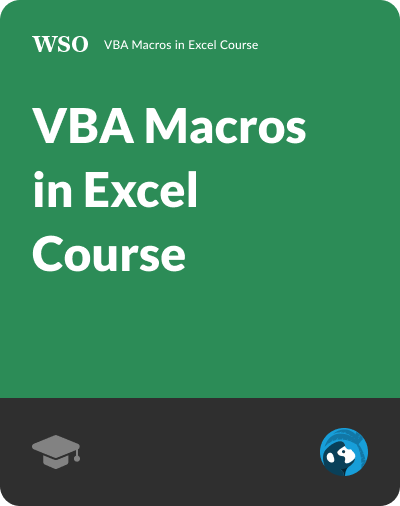
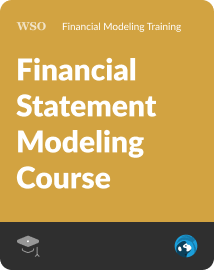
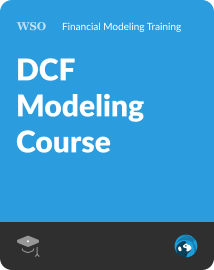
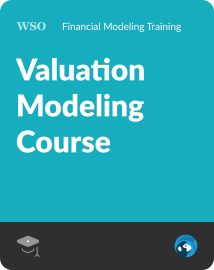
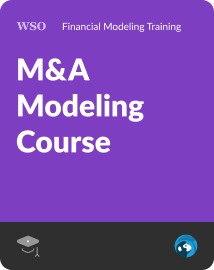
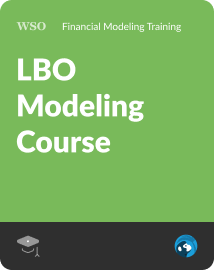

or Want to Sign up with your social account?